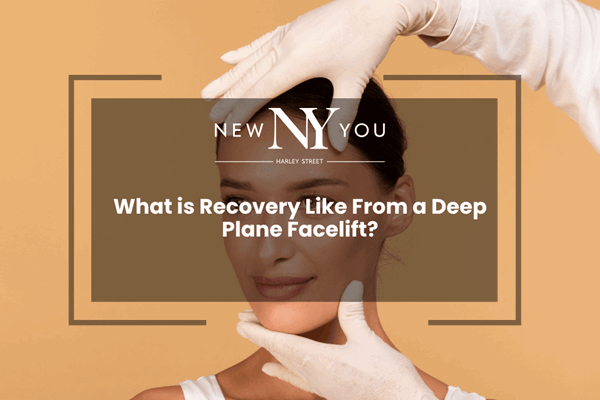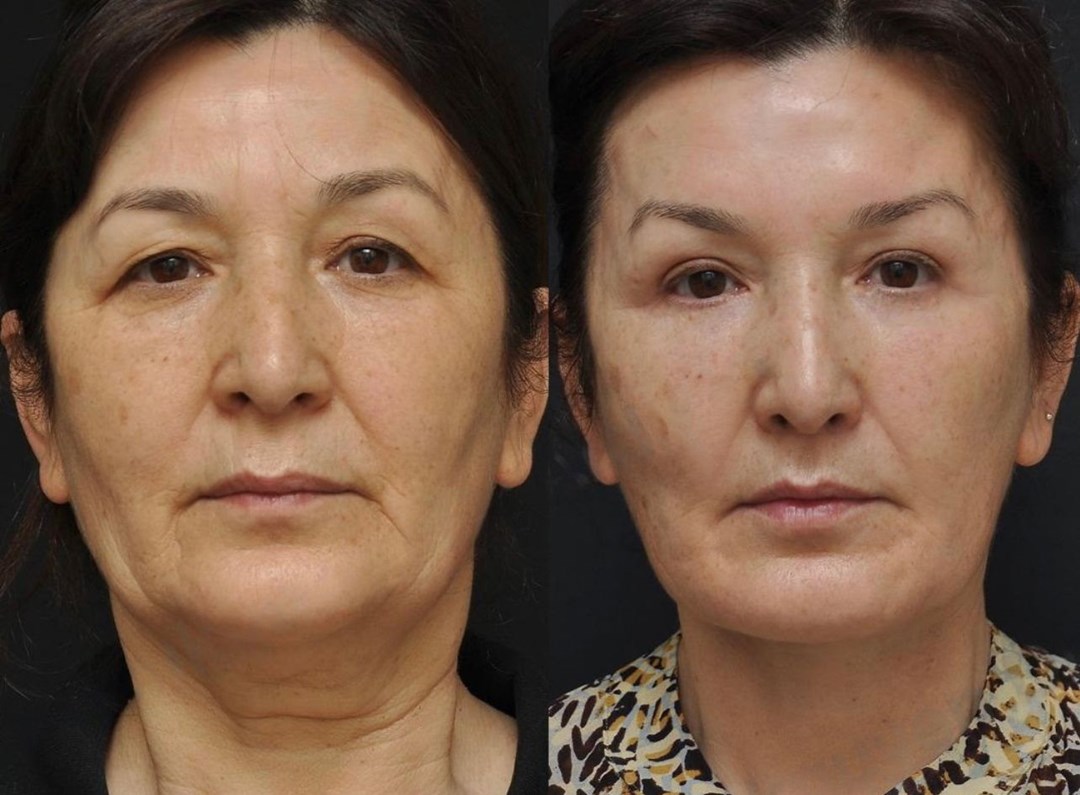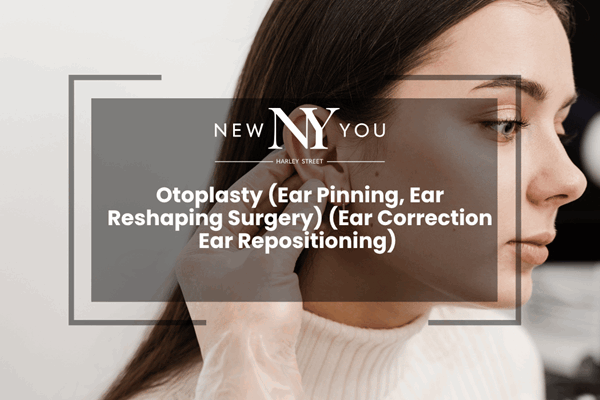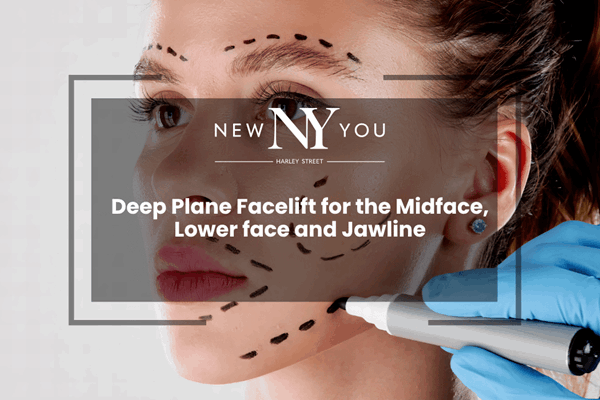As we age, the most noticeable signs of aging become apparent on our faces. These signs are particularly noticeable around the eyes, ears, nose, and mouth. Facial skin loses its elasticity, resulting in sagging, while soft tissues like fat and muscle may diminish, and even the underlying bone can undergo changes. This gradual aging process causes the face to lose its youthful vitality, with earlobes and the tip of the nose lengthening and the lips thinning over time.
What is a Facelift?
Facelift procedures are typically performed under general anesthesia and usually take between 1 to 3 hours. In some cases, more intricate and extensive procedures may require additional time. Incisions are strategically made both behind and in front of the ears to minimize and conceal scarring. In certain situations, these incisions may extend into the scalp.
The surgeon then accesses the deeper facial layers to reposition and lift the skin and soft tissues while restoring the underlying facial muscles to a more youthful state. This process may also include muscle tightening, and in some cases, liposuction of the neck may be performed to enhance the facelift's overall effect.
We also offer less invasive alternatives, such as the mini-facelift, micro-facelift or an isolated neck lift. These can all be discussed with your specialist facial surgeon Arda Küçükgüven for a tailored approach to your rejuvenation goals.
Why Choose Rhytidectomy (Facelift)?
Rhytidectomy, or a facelift, is a highly effective cosmetic procedure suitable for both men and women seeking to reclaim a youthful and refreshed appearance. Some compelling reasons to consider this procedure include:
- Rejuvenation of the facial area, resulting in a more youthful look.
- Firming and smoothing of facial skin for a rejuvenated texture
- Removal of excess, sagging skin from the face
- Reduction of fine lines and wrinkles for a smoother complexion.
- Restoration of facial definition, enhancing your natural features.
- Sculpting of facial contours to achieve a harmonious appearance.
It's important to note that the results of a facelift are long-lasting. While the face will naturally age over time following the procedure, it will do so from this newly rejuvenated starting point.
Deep Plane Facelift
The deep plane facelift is the gold standard procedure to lift, tighten and contour the skin of the face. It gives a dramatic and longstanding rejuvenated appearance.
Anatomy of the Face and Aging
Beneath the surface of the facial skin, there exists a deeper layer known as the SMAS (Superficial Musculoaponeurotic System). This vital layer encompasses facial fat compartments and is intricately connected to the underlying facial muscles. The SMAS plays a pivotal role in maintaining facial volume and, as a result, dictates the overall facial shape. Over time, due to the unrelenting pull of gravity, the SMAS descends and shifts forward, leading to a transformation in the facial structure. The youthful, heart-shaped face gradually evolves into a squarer and more mature appearance. To recapture the youthful heart shape, it becomes imperative to manipulate the position of the SMAS.
Surgical Technique
Achieving a facelift that appears natural, devoid of the stereotypical signs associated with such procedures, is contingent upon avoiding the common distortions linked to conventional facelift methodologies. These distortions often stem from factors such as tension, vector, and volume adjustments. The innovative Deep Plane technique distinguishes itself by addressing these issues.
To begin with, the Deep Plane technique involves the deliberate release of the SMAS from its anchoring ligaments, thereby allowing it unrestricted movement. This strategic release of the SMAS prevents the characteristic tight and pulled appearance often observed with traditional facelifts. In an illustrative analogy, envision the facial structure as a bed, with the skin resembling the bed cover and the SMAS as the duvet positioned beneath. Attempting to lift the SMAS without liberating it from its retaining ligaments is akin to endeavoring to make a bed while someone remains seated on it. The Deep Plane technique effectively sidesteps this scenario.
Secondly, in contrast to the standard facelift approach where the skin is separated from the SMAS and then pulled as a distinct layer, the Deep Plane Facelift retains the skin's attachment to the SMAS. This innovative method allows the skin to be carried along with the SMAS, akin to a passenger. This approach precludes the stretched and unnatural appearance frequently associated with conventional facelifts, resulting in a softer and more authentic outcome.
Thirdly, the Deep Plane Facelift embraces a distinct lifting direction that is oriented more vertically, effectively counteracting the forces of gravity. This adjustment is facilitated by the release of the underlying retaining ligaments, affording an artistic freedom not attainable through traditional facelift techniques.
Facial Plastic Surgeon Arda Küçükgüven
Facelift surgery necessitates the expertise of a facial plastic surgeon. This intricate procedure carries potentially severe risks if not executed correctly. It demands the skills of a surgeon who has undergone specialized training in craniofacial surgery. At NewYou, our team boasts three super sub-specialized surgeons, each dedicated to their respective areas of expertise. This is our ethos.
Gone are the days when clients would settle for plastic surgeons as "Jacks of all trades."
Our distinguished facial plastic surgeon, Arda Küçükgüven, has received training at some of the world's most renowned craniofacial units. Furthermore, he has authored scientific papers focused on anti-aging facial surgery and facial anatomy. His mastery as a facelift surgeon is unmatched.
This unwavering commitment to the field of facial plastic surgery makes him the ideal choice if you are contemplating facelift surgery utilizing the most advanced techniques available.
Are you looking for the best in rhytidectomy surgery in the UK? We provide personalised care and support for each patient, from consultation to recovery. Contact New You to learn more.





